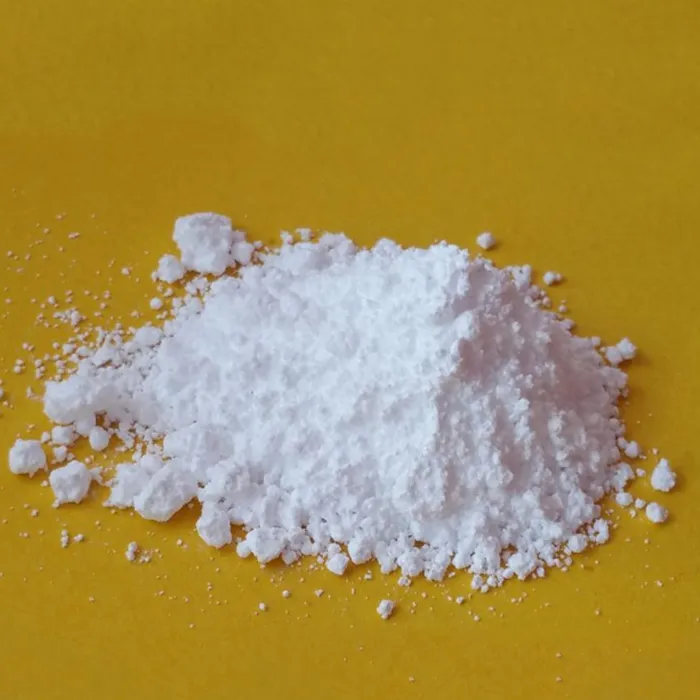What is a Plasticiser?
A plasticiser, sometimes spelled as plasticizer, is a substance added to materials, particularly polymers, to enhance their flexibility, workability, and durability. These compounds are integral to various industrial applications, particularly in the production of plastics. Understanding the role and functionality of plasticisers is crucial for grasping how modern materials are engineered and utilized.
Composition and Types of Plasticisers
Plasticisers are typically low molecular weight organic compounds that can be incorporated into polymers during manufacturing. They work by embedding themselves between the polymer chains, resulting in increased distance and reduced intermolecular forces. This leads to a more pliable and flexible final product.
There are several types of plasticisers, which can be broadly classified into two categories phthalate and non-phthalate plasticisers.
- Phthalate Plasticisers These are some of the most commonly used plasticisers, including substances like di(2-ethylhexyl) phthalate (DEHP) and dibutyl phthalate (DBP). Phthalates have been widely applied in the production of polyvinyl chloride (PVC) and other polymers due to their effective flexibility enhancement.
- Non-Phthalate Plasticisers Given mounting health concerns associated with some phthalates, non-phthalate plasticisers have gained traction in recent years. These include citrates, fatty acid esters, and other bio-based alternatives. Non-phthalate plasticisers are seen as safer and more sustainable options, often derived from renewable resources.
Functionality of Plasticisers
The primary function of plasticisers is to reduce the brittleness of polymers, which can be crucial for various applications. For instance, in the case of PVC, the addition of plasticisers significantly improves its processing characteristics and end-use performance. This allows for the creation of flexible vinyl materials, which are used in products ranging from electrical cables to flooring, medical devices, and even toys.
what is a plasticiser

Moreover, plasticisers can enhance other properties of materials, such as impact resistance and processability. By lowering the glass transition temperature (Tg) of the polymer, they allow the material to remain flexible at lower temperatures, making them valuable in climates prone to cold weather.
Environmental and Health Considerations
While plasticisers play a vital role in material science, there are growing concerns surrounding their impacts on health and the environment. Some phthalate plasticisers have been linked to endocrine disruption and other health issues, prompting regulatory actions in various countries.
As a result, manufacturers are increasingly exploring safer alternatives and formulating products that are free from hazardous substances. The move towards non-toxic plasticisers aligns with broader sustainability initiatives, leading to the development of bioplastics and renewable sourcing, which aim to minimize ecological footprints.
The Future of Plasticisers
The future of plasticisers appears to be shifting towards sustainable options. As consumer demand for greener products rises, the development of bio-based plasticisers is becoming more prominent. Companies are investing in research to find alternatives that not only maintain the desired properties of traditional plasticisers but also adhere to stricter regulations and safety standards.
Also, advancements in technology are aiding in the efficient incorporation of plasticisers, resulting in more effective and eco-friendly formulations. Additionally, innovations in biodegradable materials may reduce reliance on traditional plastics, potentially transforming the role of plasticisers in the industry.
Conclusion
In summary, plasticisers are essential additives that enhance the performance and application of polymers. While they significantly contribute to the flexibility and durability of plastics, the health and environmental implications of certain plasticisers have necessitated a shift towards safer and more sustainable alternatives. As the industry evolves, the ongoing research and development of new plasticising agents promise to address these concerns while still delivering high-performance materials for a wide array of applications. Understanding plasticisers is crucial for anyone involved in material science, product development, or sustainability efforts, as they play a central role in the future of both manufacturing and consumer products.

